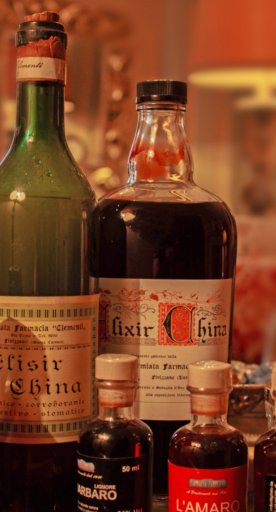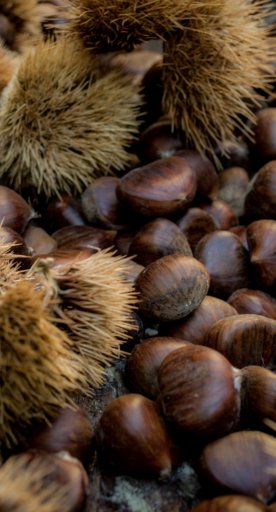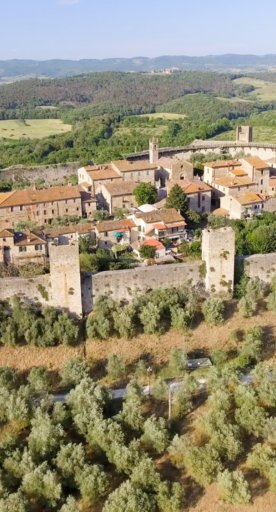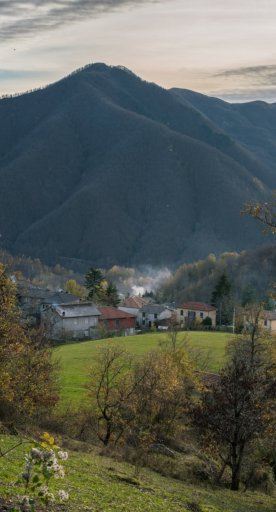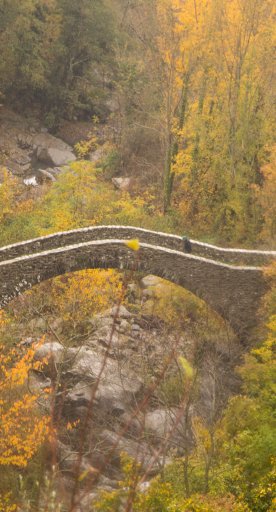Pontremoli: a treasure hidden in the Lunigiana
A walk through the centre of Pontremoli, between history, legends and typical dishes
The air is biting on my face, while I look out at Piazza d’Armi from the Piagnaro Castle and watch from above as the evening approaches and the lights turn on throughout the center of Pontremoli. It’s been a long day, which I began by traversing the “Porta della Toscana” in the Passo della Cisa, the door that simbolically welcomes the pilgrims entering Tuscany along the via Francigena, and went on discovering the history of this town in the Lunigiana.
-
1.The Piagnaro neighbourhood and the werewolf legend
-
2.A very peculiar accent and delicious specialties
-
3.Deep into the roots of Pontremoli
The Piagnaro neighbourhood and the werewolf legend
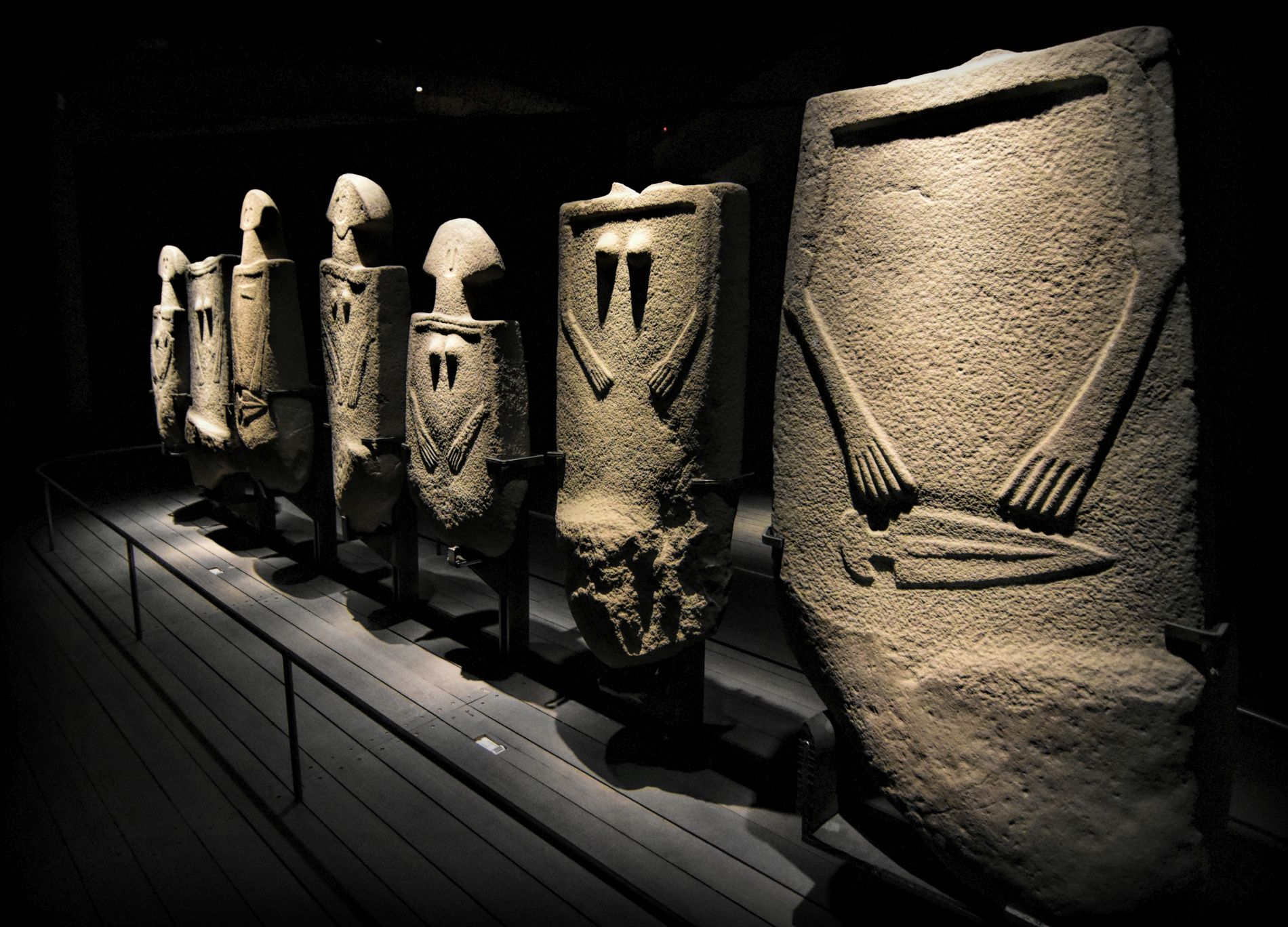
I’ve just come out of the Stele Statue Museum, housed inside the castle, and I still feel disoriented and enchanted by the mysterious human depictions sculpted in sandstone over 1,500 years ago. They have an ancient charm as they look at me, silent and impenetrable, leaving every question about their origins unanswered.
Coming down from the castle to return to the city, I walk through the Piagnaro neighbourhood, a weave of alleys whose tall buildings have rooftops made from strips of “pagne,” sheets of sandstone, from which the ancient village takes its name. It could be the grey colour of the stone or the sunset that elongates the shadows, but I feel like I see the werewolf around every corner. I discovered this legend of Pontremoli perusing the website of Tuscany, Beautiful Everywhere, a project that narrates the histories of each municipality in Tuscany.
The werewolf used to wander around this neighbourhood that up until the beginning of the 1900s didn’t have electricity and so during the night it was enveloped in darkness, influencing the impressions of the locals that find themselves observing the foreign pilgrims passing through, with clothing and features differently from their own. Perhaps it’s just the uneasiness of what I read, but this place is perfect for a story as old as time. The streets slowing peter out and expand before arriving in the center of the city.
A very peculiar accent and delicious specialties

Pontremoli surprises me for its history as a town built on a junction between roads, regions and people. The dialect spoken here is very different from the Tuscan accent I'm used to and the typical dishes are something that I’ve never tasted before, like the delicious Torta d’erbi, made from a mix of wild herbs and cheeses, whose recipe cooks jealously preserve, or testaroli with pesto, a truly traditional dish in this area.
They’re unique because they’re prepared using a “testo”, a portable cast iron surface that includes a lower baking tray and a heavy dome that encloses the food and slowly cooks it over the fire. It’s thanks to this particular technique that the batter of the testaroli, made from nothing more than flour, water and sea salt, takes on a consistency and porosity suitable for absorbing the condiment. An I assure you, they are delicious.
Deep into the roots of Pontremoli
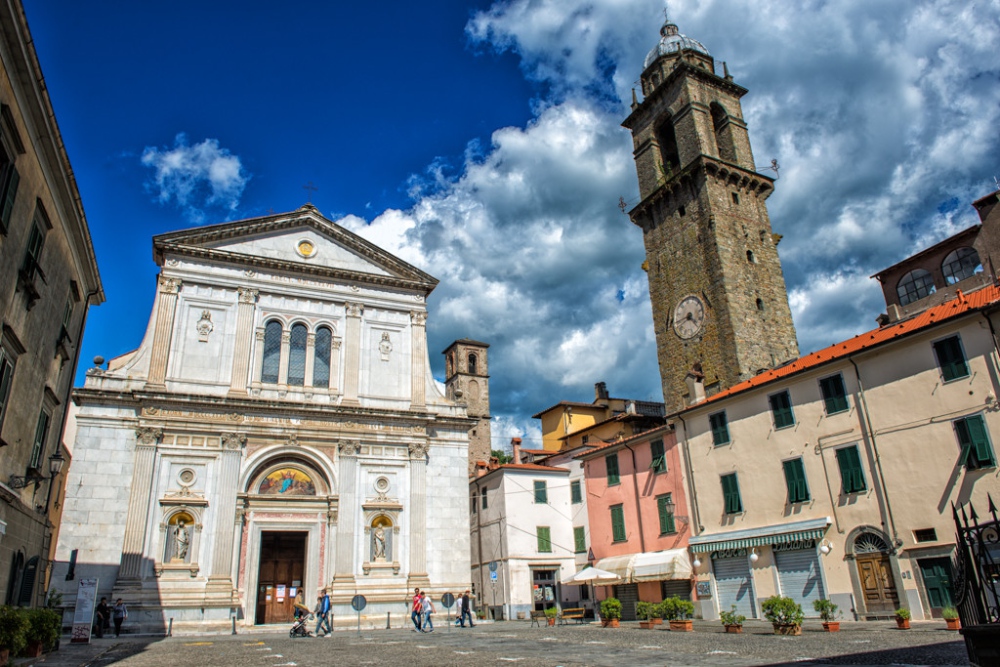
Walking the center’s streets is a continuous surprise. The main street, overlooked by the most important palaces, is none other than the via Francigena, which crosses through the city from one end to the other. The Archbishop of Canterbury Sigeric passed through here 1,000 years ago, bringing life to the route followed by pilgrims heading to Rome.
Important families like the Malaspina established themselves in Pontremoli due to its commercial relevance and strategic position, building majestic palaces with incredible interiors. And I never would have imagined that this city also conserves many Baroque gems: hundreds of frescoed ceilings can be admired in the palaces, churches and some locales set up in the rooms of historic residences.
I leave Pontremoli with the promise of returning for the bonfire of Sant’Antonio and San Geminiano in January, to learn about the oldest traditions of this city and to rediscover that special atmosphere that only a border city has.






